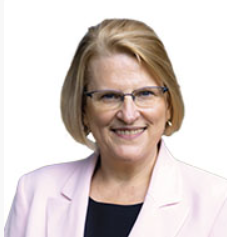Helping Family Doctors Put Patients before Paperwork

Initiatives will save doctors 95,000 hours that can now be spent caring for people.
The Ontario government is taking further action to help family doctors and other primary care providers spend more time with their patients and less time on paperwork.
“Our government is making common sense changes that will reduce the administrative burden on family doctors so that they can spend more time caring for patients instead of doing duplicative or unnecessary paperwork,” said Sylvia Jones, Deputy Premier and Minister of Health.
The government will allow primary care providers to spend more time with patients by making changes that encourage employers to use other tools instead of sick notes, such as attestations, that will help maintain accountability as employees request time off sick. The province is also expanding an innovative program to more than 150 primary care providers that safely uses artificial intelligence to automatically summarise or transcribe conversations with patients who consent into electronic medical notes. This will result in a better patient experience and more accurate records.
These initiatives, in addition to other changes aimed at putting patients over paperwork, will free up to 95,000 hours annually for physicians to put back into their practices caring for patients, including:
- “Axe the fax” to replace fax machines over the next few years to speed up diagnosis, referrals and treatments while improving the privacy of patient’s health information.
- Expanding eServices to digitize more referral and consultation forms so they can be conveniently shared electronically in a timely manner to obtain specialist advice, often eliminating the need for an in-person specialist visit entirely.
- Improving the eForms platform to use more digital tools that make it convenient for providers to autofill and share forms.
- Working with the Ontario Medical Association (OMA) to streamline and simplify 12 key government medical forms that are burdensome, as well as digitizing and integrating more forms into electronic medical records.
- Accelerating the expansion of the centralized waitlist program for surgical and diagnostic services that will take the guesswork out of the referral process and provide faster access to care for patients.
Cutting unnecessary paperwork like sick notes and streamlining note taking during patient appointments are more ways that the Ontario government, through Your Health: A Plan For Connected and Convenient Care, is making it easier and faster for people to connect to the care they need, where and when they need it.
